The Psychology of Coin Collecting: Why We’re Drawn to Shiny Things
For over two decades, I’ve been chasing the glint of coins, each one a tangible piece of history that stands firm against a world lost in digital ephemera. Holding a slabbed and graded 1995 American Silver Eagle or a 2025...

For over two decades, I’ve been chasing the glint of coins, each one a tangible piece of history that stands firm against a world lost in digital ephemera. Holding a slabbed and graded 1995 American Silver Eagle or a 2025 Gold Maple Leaf feels like anchoring myself to something real—metal forged by time, untouched by corporate whims or server failures. Coin collecting, or numismatics, isn’t just a hobby; it’s a psychological refuge, a rational stronghold, a financial investment and a quiet assertion of independence. Let me take you into the psychology of why we collect coins, exploring why these shiny treasures captivate us, why no one’s ever disappointed to inherit a collection of slabbed and graded rarities, and why this pursuit is as calculated as it is enchanting.
The Primal Pull: Why Shiny Things Hook Us

When I first cracked open a coin album as a kid, the luster of a slabbed 2000-W Gold Eagle and other new coins hooked me instantly. There’s a reason we’re drawn to the radiant sheen of coins. Psychologically, shiny objects tap into our evolutionary instincts. Our ancestors sought reflective surfaces—water meant survival, and polished stones became tools. Coins, with their metallic brilliance, trigger that same primal response. Studies in evolutionary psychology show that glossy items spark the brain’s reward centers, releasing dopamine. Holding a slabbed and graded proof 2010 Silver Eagle, with its mirror-like finish, isn’t just visually striking—it’s a hit of ancient satisfaction.
But it’s more than instinct. Coins are physical in a world gone virtual. In an era of crypto volatility, NFT busts, and power grid hiccups, a slabbed coin is real. You can feel its weight, trace its reeded edge, and hear its ring when struck. This tangibility grounds us. At coin shows, I’ve seen collectors gaze at a slabbed 1989-P Silver Eagle in MS-69, their eyes alight with reverence and resolve. We collect because slabbed and graded coins push back against a system that wants everything digitized—centralized, fragile, and fleeting. They’re our stake in something lasting.
The Logical Allure: A Fortress of Value

Let’s talk logic, because collecting slabbed and graded coins isn’t just about feelings—it’s a strategic choice. No one’s ever groaned discovering their grandfather left them a box of rare coins and PCGS-slabbed rarities. Why? Because high-grade, slabbed coins are a financial powerhouse. Data from the Professional Coin Grading Service (PCGS) shows that top-tier slabbed coins, like a 1999 Silver Eagle in MS-70, have outperformed the S&P 500 over decades, often yielding annualized returns above 10%. Unlike stocks tied to corporate missteps or market bubbles, slabbed coins are immune to management failures, shareholder dilution, or internet outages. They’re a decentralized asset, free from the whims of CEOs or the electrical grid’s vulnerabilities.
Slabbed coins are fungible yet unique. A 1 oz Gold Eagle in an NGC slab is worth its gold content anywhere, but a 1986-W Gold Eagle graded MS-70? That’s a singular treasure, its value driven by rarity and condition. This duality—standardized yet scarce—makes slabbed coins a rational hedge. Gold and silver are non-dilutable; no central bank can flood the market with more. In 2025, with inflation nagging and markets volatile, my slabbed 2024 Gold Buffalos and 2015 Silver Eagles feel like a stand against fiat currency’s fragility. They’re not just investments; they’re insurance against a system too interconnected to trust.
Portability is another edge. A $50,000 stack of slabbed and graded coins fits in a small safe, unlike real estate or a stock portfolio stuck on a server. I’ve carried a slabbed 1990-P Proof Silver Eagle across state lines, its value universal, no Wi-Fi required. Slabbed coins are logic in physical form—tangible, durable, and independent.
The Aesthetic Spell: Coins as Fine Art

Logic drives the pursuit, but aesthetics steal the show. Slabbed coins are miniature masterpieces, blending craftsmanship with history. The obverse of a 2006-W Gold Buffalo, with its iconic bison, stirs the soul like a classic painting. The reverse of a 2023 Australian Kangaroo, with its leaping marsupial, feels alive. I’ve spent hours under a loupe, tracing the eagle’s feathers on a slabbed 2017 Silver Eagle in MS-69 or the crisp lettering on a 1988-W Gold Eagle. Each slabbed coin and its story contribute to the greater picture of coin collections, etched with a nation’s spirit.
The psychology of beauty is potent. Research in art psychology shows that symmetry, balance, and detail—like those on a slabbed coin—reduce stress and boost well-being. A slabbed and graded 1996 Silver Eagle in gem uncirculated condition, with its frosty luster and sharp strike, is a visual feast. Toned coins, with natural patinas of blue or amber, tell stories of time. I once bought a slabbed 2001 Silver Eagle in MS-69 for its rainbow toning, its colors shifting like a sunset, which was also admired by other collectors. It’s not just a coin; it’s a mood-lifter, a conversation piece, a work of art sealed in a protective slab.
This aesthetic allure fuels collectors. We chase “eye appeal” among coin collectors —that indefinable quality that makes a slabbed coin stand out. At coin shows, I’ve seen collectors haggle over a single grade point on a slabbed 2018-W Gold Eagle, not just for value but for its visual magic. It’s why we obsess over deep cameo contrast on proof 2022-W Silver Eagles or the sharp details on 1994 Silver Eagles. Slabbed coins aren’t just assets; they’re fine art, rivaling a sculpture or painting, but small enough to fit in your hand.
The Collector’s Psyche: Mastery and Meaning

Collecting slabbed and graded coins is a quest for mastery. Curating a set—hunting a slabbed 1987-W Gold Eagle in MS-70 or completing a run of 1990s Silver Eagles—satisfies our need for control and achievement. Psychologists call this “effectance motivation,” which is particularly important for new collectors: the drive to shape our world. Every slabbed coin I add, like a 1921 Morgan dollar in BU from my early days, feels like a small victory, a puzzle piece snapped into place. It’s deliberate, calculated, and deeply rewarding.
Coins also give us meaning. They’re time capsules, each one a snapshot of its era. My slabbed 1993-P Proof Silver Eagle evokes the early ’90s optimism. My 2009 Gold Buffalo recalls the financial crisis, a nod to resilience. Collecting ties us to history, grounding us in something larger. Social psychology suggests hobbies like numismatics foster “self-continuity”—a sense of identity over time. When I share my slabbed collection with my kids, I’m passing down stories, values, and a legacy, not just metal.
The thrill of the hunt keeps it exciting. Scouring auctions, coin shops, or estate sales for a slabbed 1986-S Proof Silver Eagle is an adrenaline rush. I once snagged a slabbed 1995-W Proof Silver Eagle—the rarest in the series—for a fraction of its value at a small show. That thrill—the chance to outsmart the market and avoid situations where you might lose money, to find treasure in a PCGS slab—is addictive. It’s not gambling; it’s strategy, patience, and a touch of cunning.
The Independent Spirit: Defying the System

There’s a quiet defiance in collecting slabbed coins, a refusal to bow to centralized control. Precious metal coins are a hedge against inflation, government overreach, and digital dependence. In 2025, with global uncertainties and tech monopolies tightening their grip, my slabbed 2025 Gold Buffalos and 2019 Silver Eagles feel like a stand for freedom. They’re not tied to banks, servers, or power grids. They’re mine, fully sovereign.
This isn’t paranoia; it’s pragmatism. History shows fiat currencies fail—Weimar Germany, Zimbabwe, Venezuela. Gold and silver endure. A slabbed 2024 Gold Maple Leaf, .9999 fine, is a universal store of value, accepted from New York to Nairobi. Slabbed and graded rarities, like a 1987-W Gold Eagle in MS-70, combine this intrinsic value with numismatic scarcity, amplifying their worth. Collecting slabbed coins is a rational bet on stability, sealed in a protective slab that preserves its value.
Why We Collect: The Heart of the Matter
Why do we collect slabbed and graded coins? It’s the psychology of seeking beauty, mastering knowledge, and securing value in an uncertain world. Coins are shiny because they reflect our deepest drives—instinctive, rational, and independent, bringing joy to our collecting experiences. They’re art you can hold, assets you can trust, and stories you can pass down. Every slabbed coin in my collection—a 1996-W Silver Eagle, a 2025 Gold Buffalo, a toned 2011 Silver Eagle—is a piece of me, blending clarity with conviction.
If you’re new to this, start small. Buy a slabbed 2005 Silver Eagle in MS-69 and study it. Feel its heft, admire its design, learn its story. Join a coin club, hit a show, or dive into PCGS forums. The psychology of collecting will pull you in—part reason, part resolve, all passion. When you hold that first slabbed coin, its gleam sealed in a PCGS or NGC slab, you’ll get it: this isn’t just about shiny things. It’s about owning a piece of forever.
Stephen Pfeil is a numismatist and precious metals investor with 20+ years of experience. He lives for the thrill of the hunt and the enduring wisdom of the coin.
Related Articles
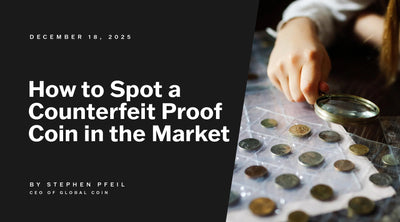
How to Spot a Counterfeit Proof Coin in the Market
How to Spot a Counterfeit Proof Coin in the Market In the world of numismatics, few things hold ...
Discover More
BREAKING NUMISMATIC NEWS: Large batch of 2025 Marine Privy Coins MELTED by U.S. Mint
BREAKING NUMISMATIC NEWS: Large batch of 2025 Marine Privy Coins MELTED by U.S. Mint A historic ...
Discover More
Tax Implications When You Sell Gold Bullion in Different States
Disclaimer: The following content is for informational purposes only and should not be construed ...
Discover More

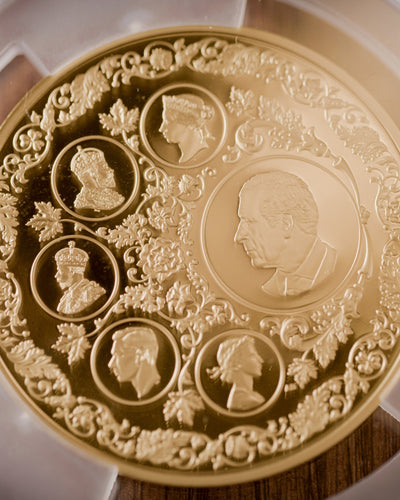
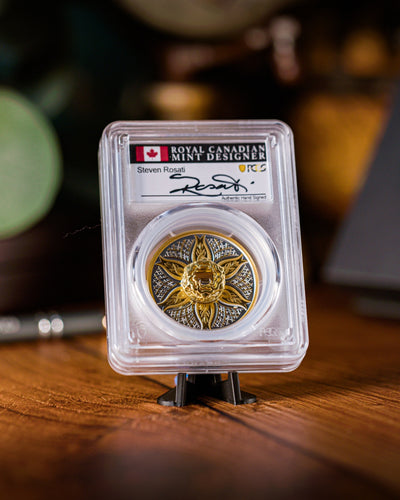
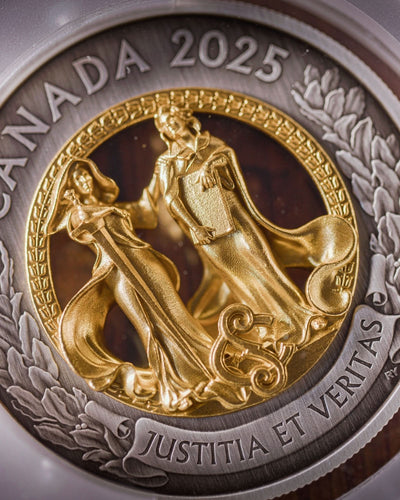
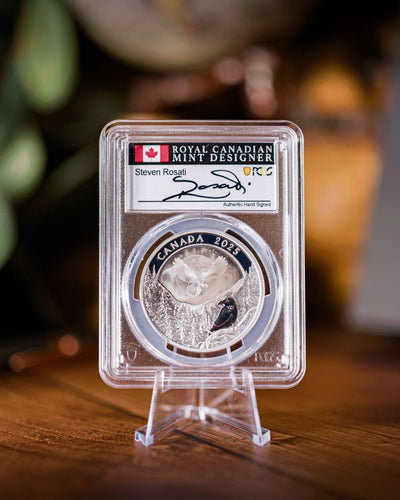
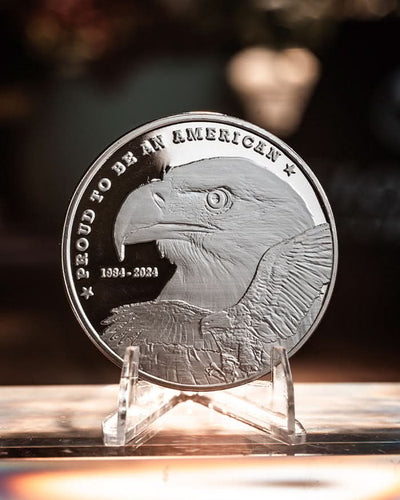
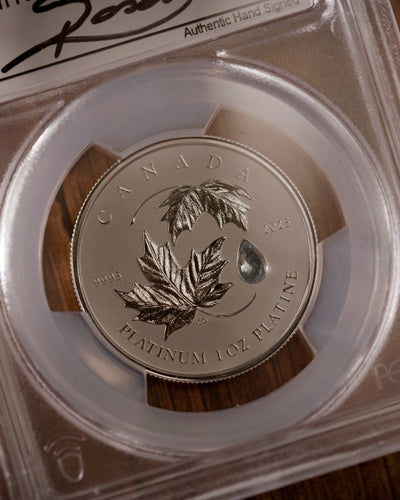
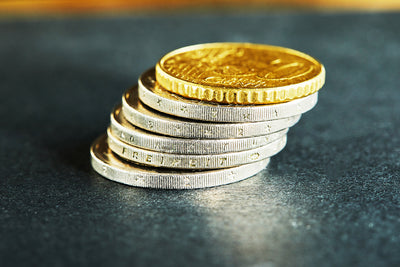
1 comment
Nice essay, Stephen. I’ve thought about the psychology of coin collecting a lot, in terms of my own motivations and the motivations others have. You make some really good points here—you cover a lot of possible motivations, and I think for many people it’s some combination of a few rather than just one, as your essay makes clear.
Jay Gordon
Leave a comment
This site is protected by hCaptcha and the hCaptcha Privacy Policy and Terms of Service apply.